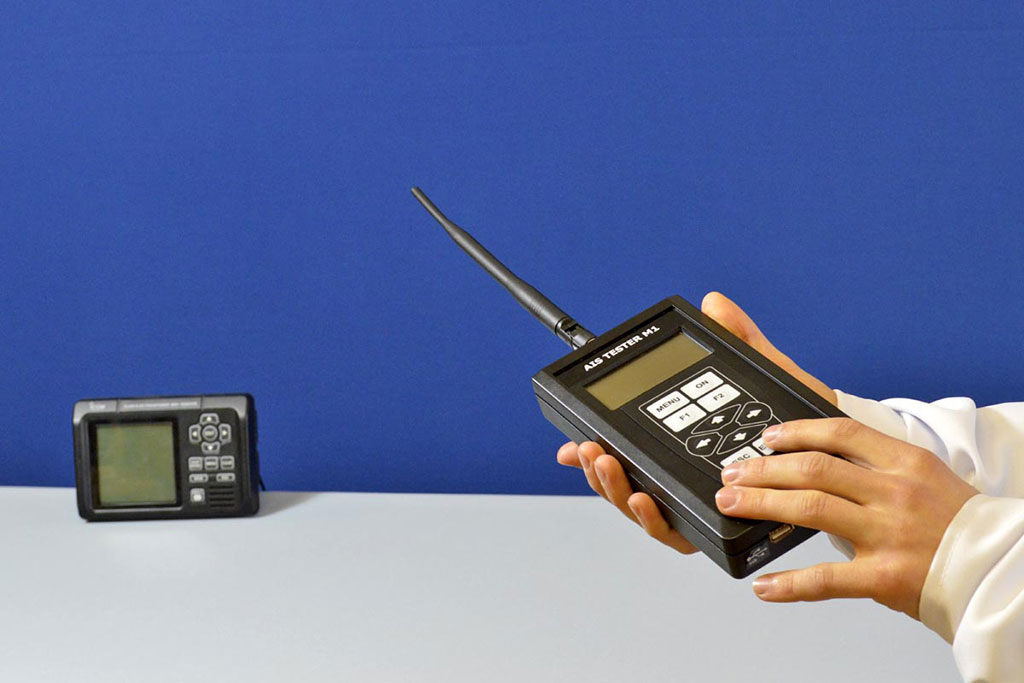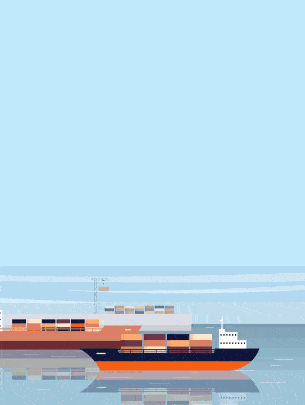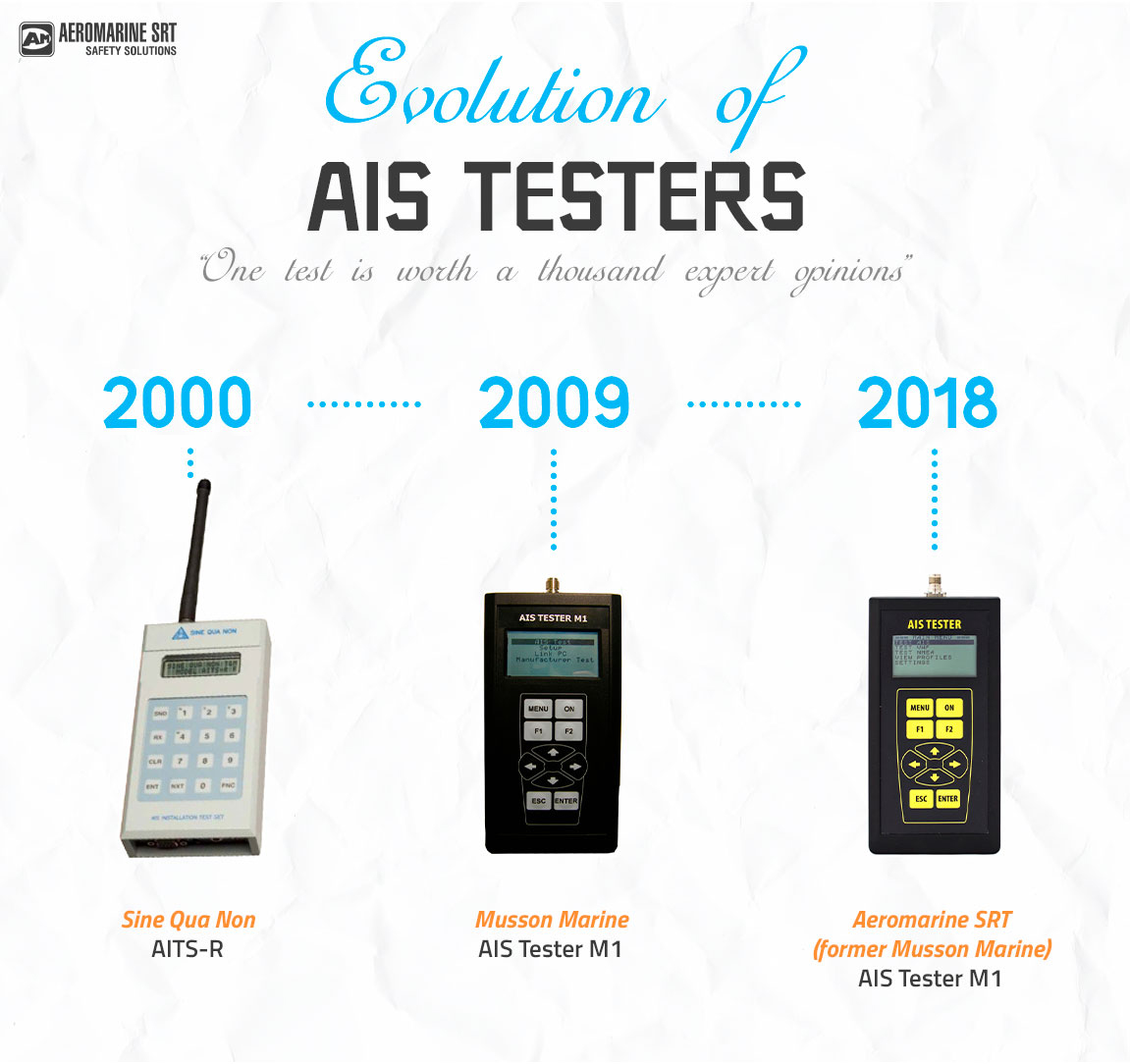Annual testing of Automatic Identification System (AIS)
SOLAS Chapter V, Regulation 18.9 states:
“The automatic identification system (AIS) shall be subjected to an annual test. The test shall be conducted by an approved surveyor or an approved testing or servicing facility. The test shall verify the correct programming of the ship static information, correct data exchange with connected sensors as well as verifying the radio performance by radio frequency measurement and on-air test using, e.g. a Vessel Traffic Service (VTS). A copy of the test report shall be retained on board the ship.”
The Maritime Safety Committee, at its eighty-third session (3-12 October 2007), approved the Guidelines on annual testing of the Automatic Identification System (AIS) developed by the Sub-Committee on Flag State Implementation.
The purpose of an annual testing is to determine that AIS is operational as defined in appropriate performance standards - the International Maritime Organization (IMO) Performance Standard (MSC 74(69)) and IEC standard, IEC 61993-2: Maritime Navigation and Radio Communications Equipment and Standards – Automatic Identification Systems (AIS).
The annual testing of the automatic identification system (AIS) should be carried out by a qualified radio inspector authorized by the administration or a recognized organization under the following testing procedure.
The radio inspector shall have the major and auxiliary equipment required for correctly performing the inspection - the AIS Tester - which helps to decode and check all programming information, as well as to carry out the Performance tests - to measure frequencies, output power, poll information, send to and receive data from AIS.

The annual testing of the AIS installation should include
- installation details including antenna layout, initial configuration report, interconnection diagrams, provision of the pilot plug and power supply arrangements;
- checking the correct programming of the ships static information;
- the ability of the AIS to receive ships dynamic information from the appropriate sensors;
- the ability to correctly input the ships voyage related data;
- a performance test of the equipment including radio frequency measurements; and
- an on-air test that the unit is working correctly using for example an appropriate Vessel Traffic Service (VTS) station or a suitable test equipment.
To accommodate performance test to align with the appropriate survey under the Harmonized System of Survey and Certification (HSSC), the annual testing may be carried out:
- up to 3 months before the due date of the passenger ship renewal survey or the cargo ship safety equipment renewal survey; and
- 3 months before or after the due date of the cargo ship safety equipment periodical/annual survey (the maximum period between subsequent test is governed by the time window associated to the subsequent surveys, unless either certificate has been extended as permitted by SOLAS regulation I/14, in which case a similar extension may be granted by the Administration).
The annual testing should be recorded in the form of the model test report. If the language used is neither English, nor French, nor Spanish, the text should include a translation into one of these languages. A copy of the test report should be retained on board the ship.
AIS Testing procedure
- Check the Installation
- Check the AIS transponder type
- Check its Type approval certificate
- Check the presence of Initial installation configuration on board
- Check the drawings provided (Antenna-, AIS-arrangement and block diagram)
- Check the main source of electrical power,
- Check the Emergency source of electrical power,
- Check the Capacity to be verified if the AIS is connected to a battery
- Ensure that Pilot plug near pilots operating position
- Ensure that 120 VAC provided near pilot plug
- Check the Static information of AIS (Programmed - AIS Tester is required)
Decode by means of AIS Tester and check the following data:
- MMSI number
- IMO number
- Radio call sign
- Name of ship
- Type of ship
- Ship length and beam
- CLocation of GPS antenna
- Check the Dynamic information of AIS (Programmed - AIS Tester is required)
Decode by means of AIS Tester and check the following data
- Ships position with accuracy and integrity status (Source: GNSS)
- Time in UTC (Source: GNSS)
- Course over ground (COG) (will fluctuate at dockside) (Source GNSS)
- Speed over ground (SOG) (zero at dockside) (Source: GNSS)
- Heading (Source: Gyro)
- Navigational status
- Rate of turn, where available (ROT)
- Angle of heel, pitch and roll, where available
- Check the voyage related information of AIS (Programmed - AIS Tester is required)
Decode by means of AIS Tester and check the following data:
- Ships draught
- Type of cargo
- Destination and ETA (at masters discretion)
- Route plan (optional)
- Short safety-related messages
- Carry our the Performance test using measuring instrument – AIS Tester
- Measure frequencies on AIS ch. 1 and 2, GMDSS ch. 70
- Measure the transmitting output on AIS ch. 1 and 2, GMDSS ch. 70
- Poll information on ch. 70
- Read data from AIS
- Send data to AIS
- Check AIS response to "virtual vessels"
- Perform «On air» performance test
- Check reception performance
- Confirm reception of own signal from other ship/VTS
- Polling by VTS/shore installation
Equipment and facilities
The radio inspector shall have the major and auxiliary equipment required for correctly performing the inspection. A record of the equipment used shall be kept. The record shall contain information on manufacturer and type of equipment, and a log of maintenance and calibrations.
A standard which is relevant to the radio equipment to be tested shall be available for the equipment and shall be cited in the inspection report.
Minimum required instruments:
- Equipment for testing the performance of Automatic Identification Systems (AIS).
Downloads
- Guidelines of Annual Testing of the Automatic Identificaton System. IMO MSC.1/Circ. 1252




Be the first to comment